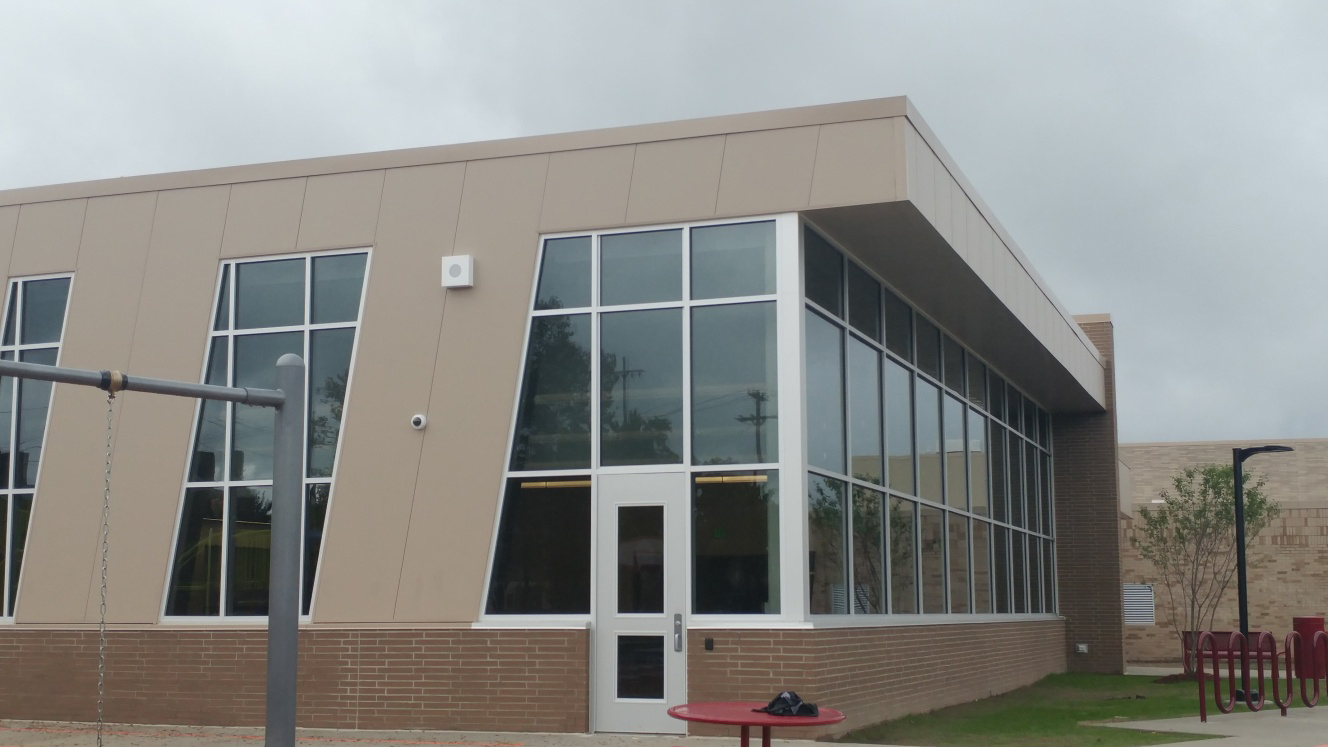Insulated Metal Panels (IMP’s) have gained popularity over the years due to their wide application use for new and retrofit construction. They consist of polyurethane, polyisocyanurate, or expanded polystyrene sandwiched between two sheets of coated metal. Additionally, they are sealed at the side lap and at the perimeter which constitutes a continuous form of insulation and is commonly used for both roof and wall installations.
IMP’s are traditionally available in Galvalume, Galvanized, Aluminum, Stainless Steel and GRP (glass-fiber reinforced plastic). Generally speaking, the outer metal is usually Galvalume or Galvanized Steel and the interior can be the same or one of the other materials as mentioned.
Use of IMP’s
The growing demand for the IMP is based on several key factors relative to construction. Structurally, IMP’s provide very good physical properties and may reduce construction cost relative to the spacing of secondary frames. When utilizing IMP’s, secondary structural supports can typically be moved out to 8’-10’ versus 4’ to 5’ for spacing over conventional design. This translates to lower overall building envelope cost, improves installation time, and reduces the cost of labor and materials.
Energy
IMP’s using Polyurethane or Polyisocyanurate sandwiched between the outer and interior metal panels will deliver the highest R value per inch of material without the thermal drift witnessed from conventional insulations. By allowing for no gaps or voids, they effectively block air and moisture movement which can lead to increases in energy consumption.
Construction Benefits
IMP’s provide a single-component installation, minimizing labor by being able to install a complete roof or wall assembly in one step. With faster installation and fewer components to complicate the assembly of conventional methods, the use of IMP’s equates to quicker occupancy and lower cost to the building owner.
Buyer Beware
It’s important to note that not all IMP options are equal relative to the materials used to manufacture these panels, and they do not deliver the same life cycle or finish performance. What looks good to the eye may not consist of materials designated for long-term use and may even pose harm to the immediate environment. Talk to a building envelope professional during the planning process to find the best match for your needs.
Key Elements
The fastener, the sealant, the flashing, the clips and the panel make up the entire IMP assembly. Since these assemblies are designed and manufactured to specifically work together, many manufacturers will mandate that their entire system is used for the installation to ensure quality and long term performance. Finally, when working with an installer, be sure to verify that they are certified by the manufacturer, which will ultimately protect your building and your warranty.

